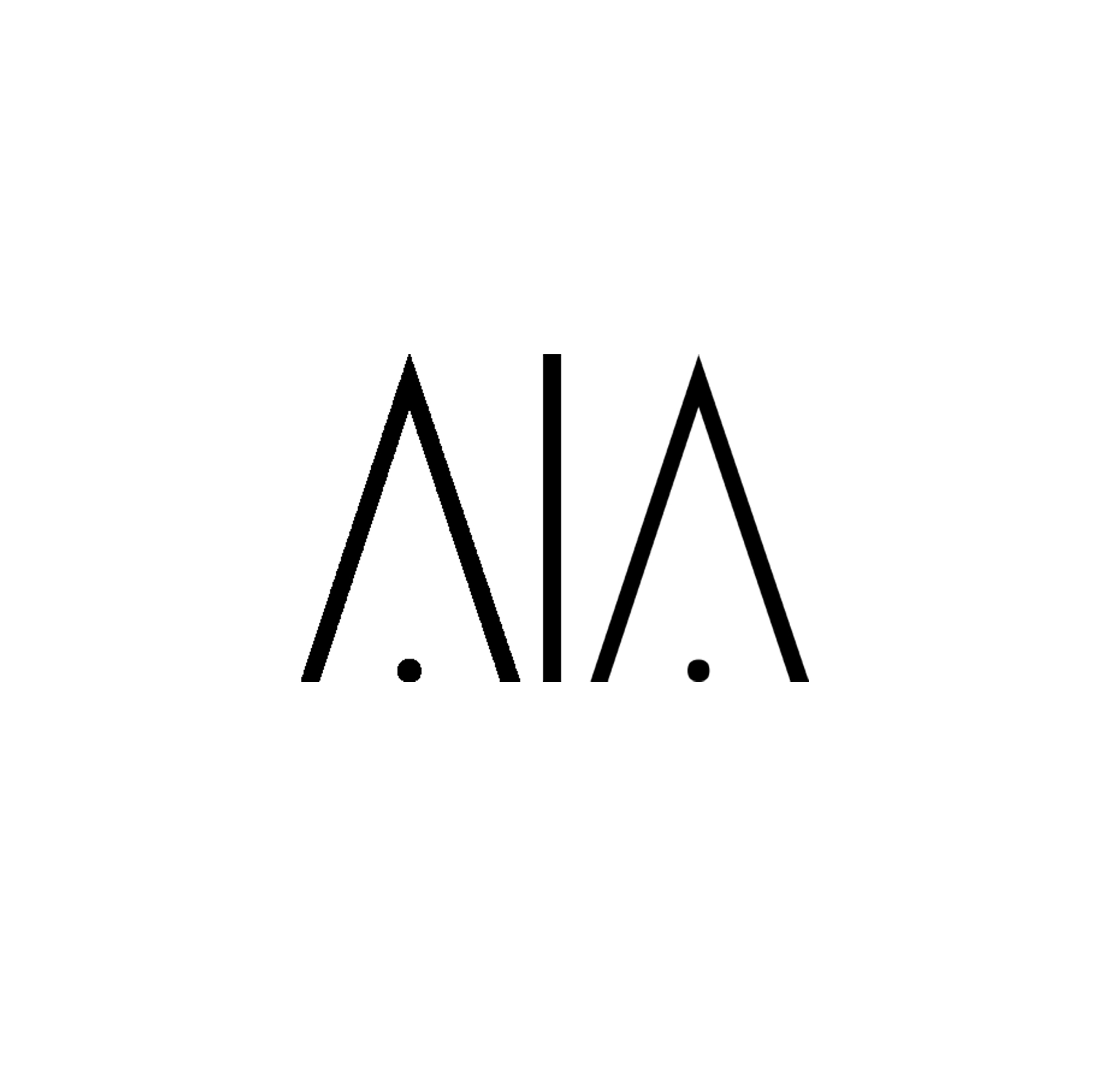01: The New Artist Economy - Imbue
Imbue
Artist and Founder of Artobox
Birmingham
I started doing photography and fine art at college, using all of their resources and making the most of it where I could. This was the beginning of my Imbue project. I began experimenting with screenprinting – I remember getting vinyl labels melted in the printer.
In my first studio in Brighton, I produced my first screenprint as inspired by other artists. I went on to make limited edition prints which were signed and numbered, before reaching out to local gallery, artrepublic. Even though I’d just started, I said “I’m an artist. I’ve got these limited-edition prints - would you fancy selling some?” They got back to me as they thought I was an artist and asked for 10. I sold the rest of that 30-print run myself, which started off my journey into making art, but art that I knew was going to be for sale.
I started working with another gallery in Brighton – now closed – because I respected their programme and connected with so many artists there. I’d help out where I could, just to learn about the art world. Through pestering them enough, they offered me a solo exhibition. This gave me the chance to put together a whole body of work, present it and then invite people to view it, which was really good experience.
While in Brighton, I wanted space to think more outside of the box and move away from the traditional commercial gallery model, in which they take 50%, just because it’s the way it’s been done for years. I found a bar, I asked if I could present an exhibition, told them I’d bring loads of people who would spend at the bar and everyone would be happy. To get people in, I made over 50 screenprints and the first 50 people would get a free one. Before I knew it, there was a queue at the door because people like free stuff.
A couple in Paris had been buying my art online and I looked into them. I saw they had this boutique store in France so I reached out to them and asked if I could do an exhibition there and they said yes. Another good experience and it opened up my work to a new, international audience.
My first step to thinking outside of the box really came when I found a vending machine on ebay, imported from Europe. It was bright pink and used to sell Adult DVDs. I figured if it can dispense DVD cases, I could cut plywood, do screenprints and call it an art vending machine. I asked a local coffee shop if I could host it there and we did it. It was really well received and got a lot of attention, but it was more work than I had anticipated. It did, however, make a bit of money and got lots of small pieces of art into new people’s hands.
Three years ago, I started the 24 Hour Art Club. I got the idea from what I’d noticed was an emerging subscription business model, as seen with Dollar Shave Club, like a recurring ‘club’. How it would work in this case, it’s a mystery screen print. You don’t see what you’re buying in advance. It’s only available for 24 hours and costs £24. I thought if I sell 10, it will cover costs and be worthwhile. The first run sold 20 and I’ve been doing it every 2/3 months ever since. The last one in January, I sold 140 prints in 24 hours. It’s good for me as an artist as I get to experiment with my work and there’s a loyal group of collectors. But it’s also affordable, fun and a semi-regular revenue stream for me.
With limited edition work, not only do people buy into the value and appreciate not having something mass-produced, but it also means I can set a time to focus on each project and produce multiple versions of it small-scale to sell it on affordably.
Artobox is an online gallery I run I now run everything through, like a marketplace of art. I built this with my own experience in mind. Because I’ve always been selling my own work, I thought it would make sense, with people often asking me how to get started, if I could find a way to sell my art and that of other people under one umbrella. It’s about strength in numbers – if I advertise my art, the work of others becomes visible and vice versa. It’s also lightly curated unlike platforms such as Etsy, so there is a balance of expected quality and standard.
The site takes a small commission. In a traditional gallery model, the gallery is in possession of the work and you can’t do anything until they either sell it or return it to you. Or if they did sell it, they take a 50% commission, which you might get the remainder a month later, so it’s quite a drawn-out arrangement, which is not in favour of the artist. With Artobox, the artist gets paid straight away and they are centralised in the process.


